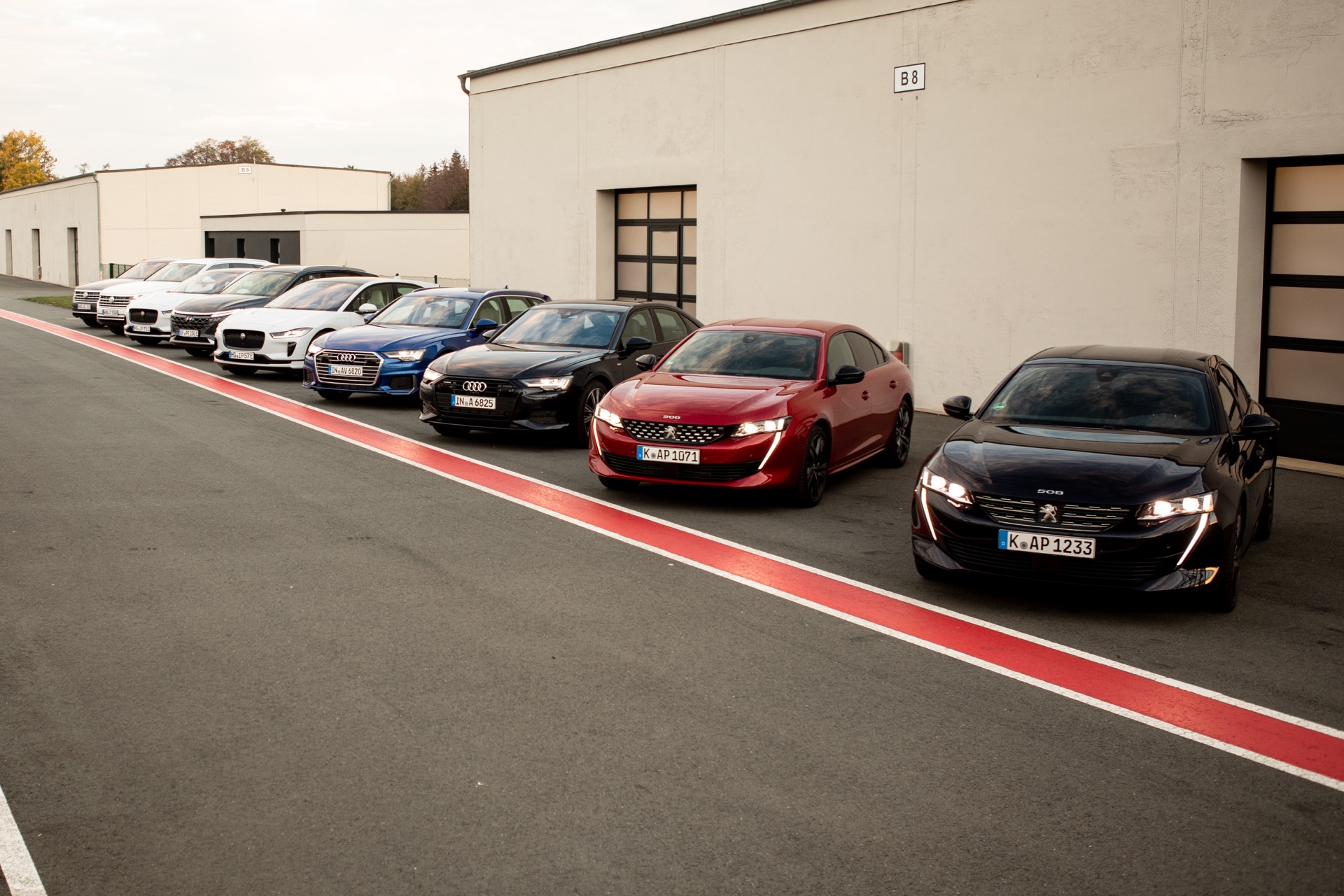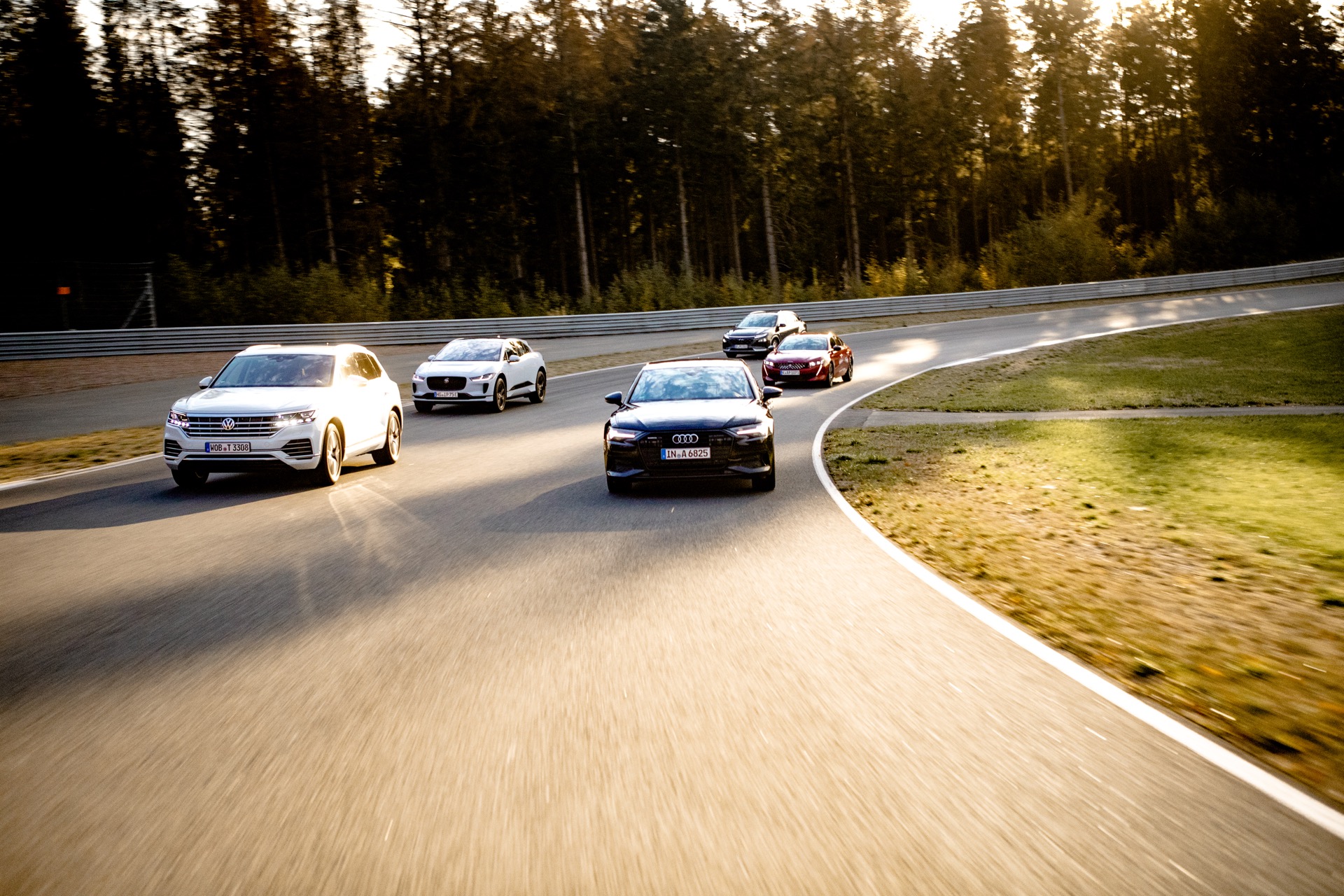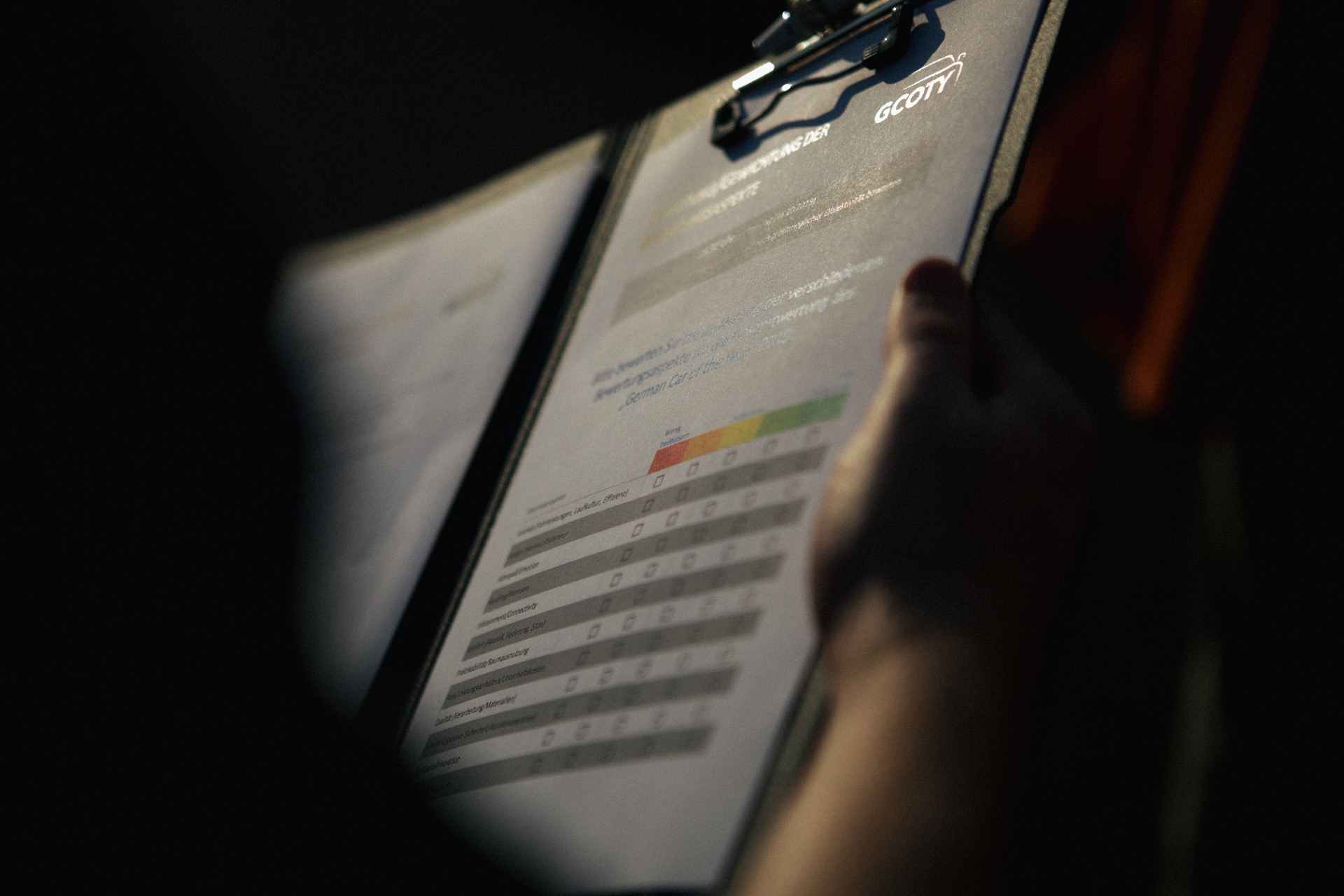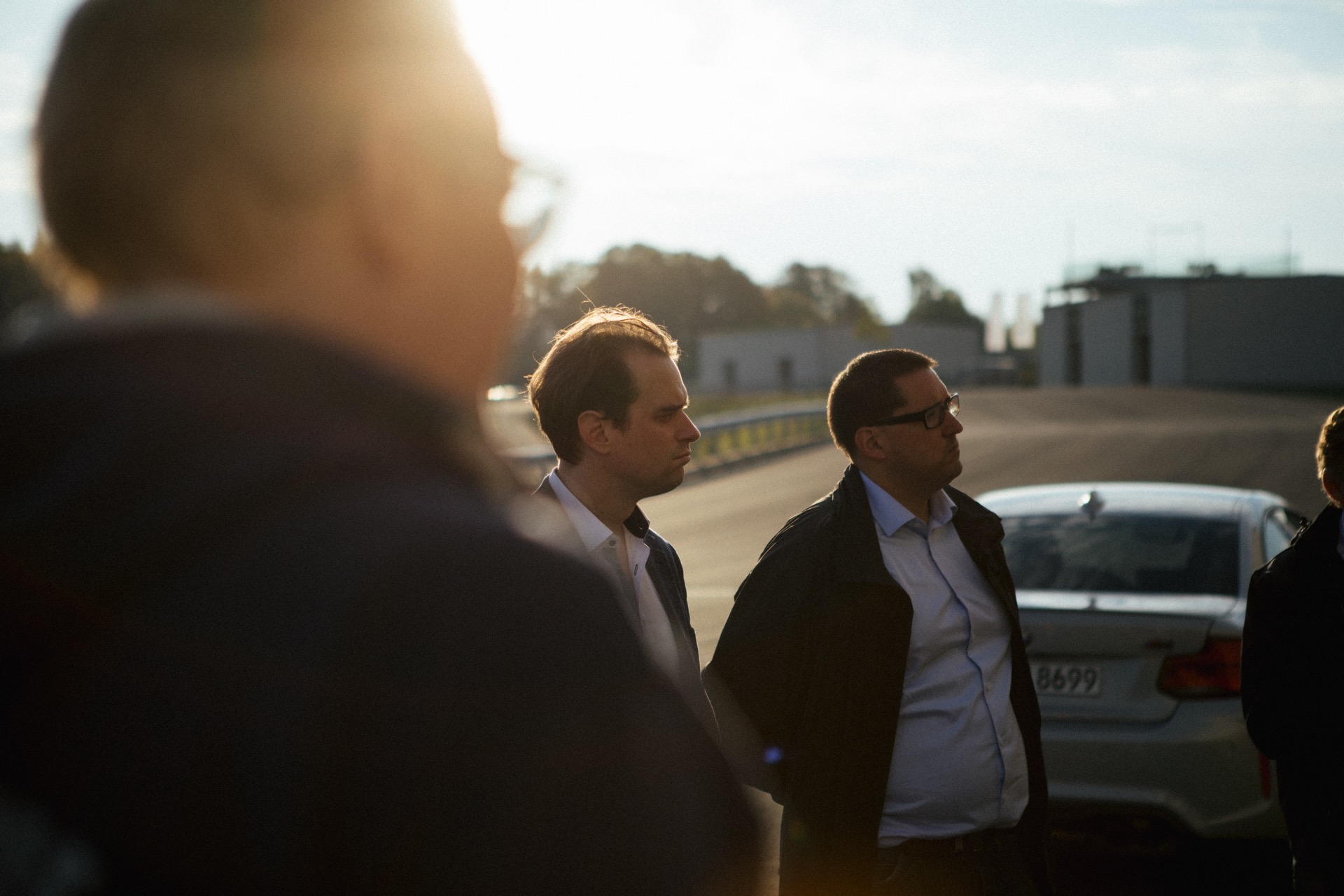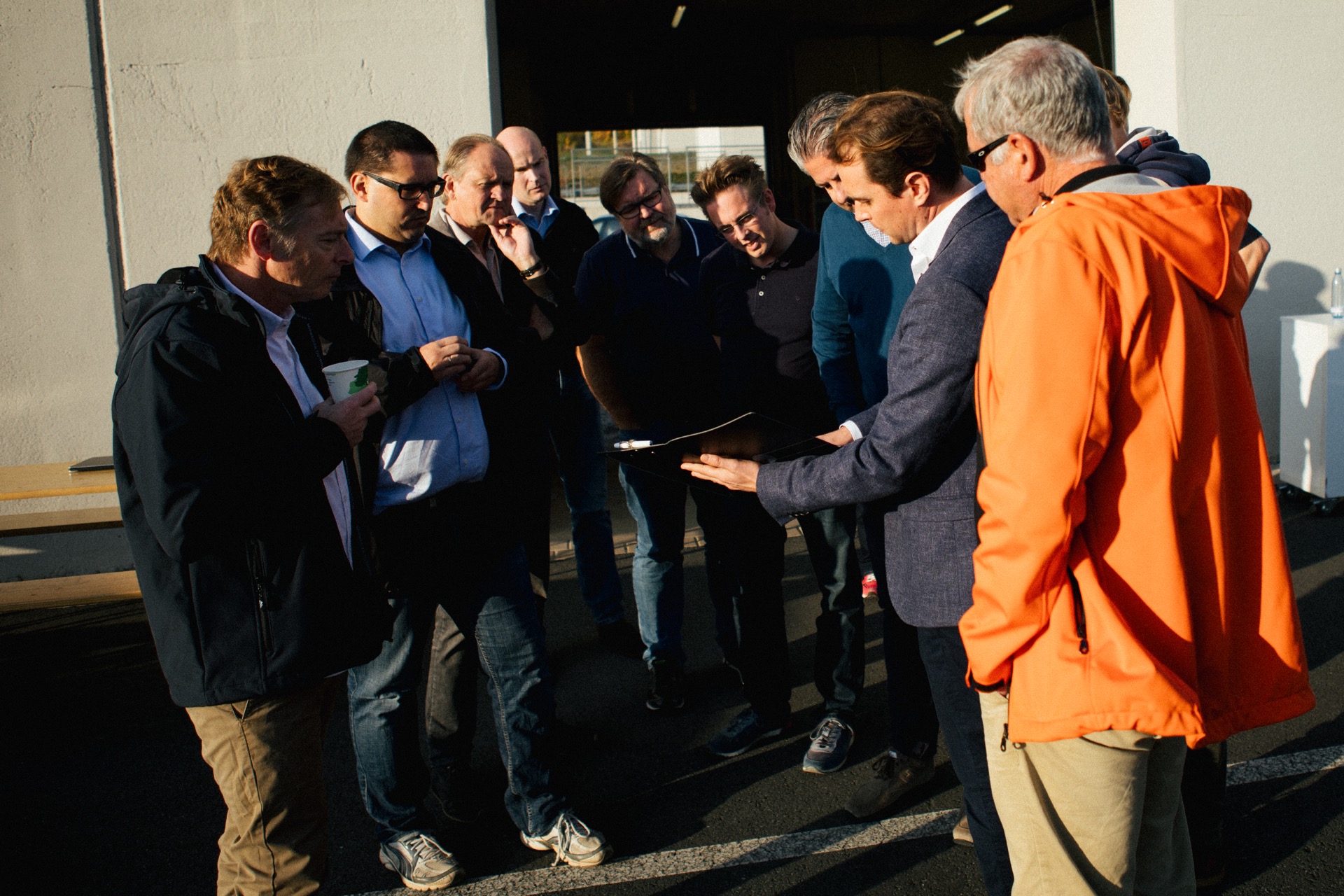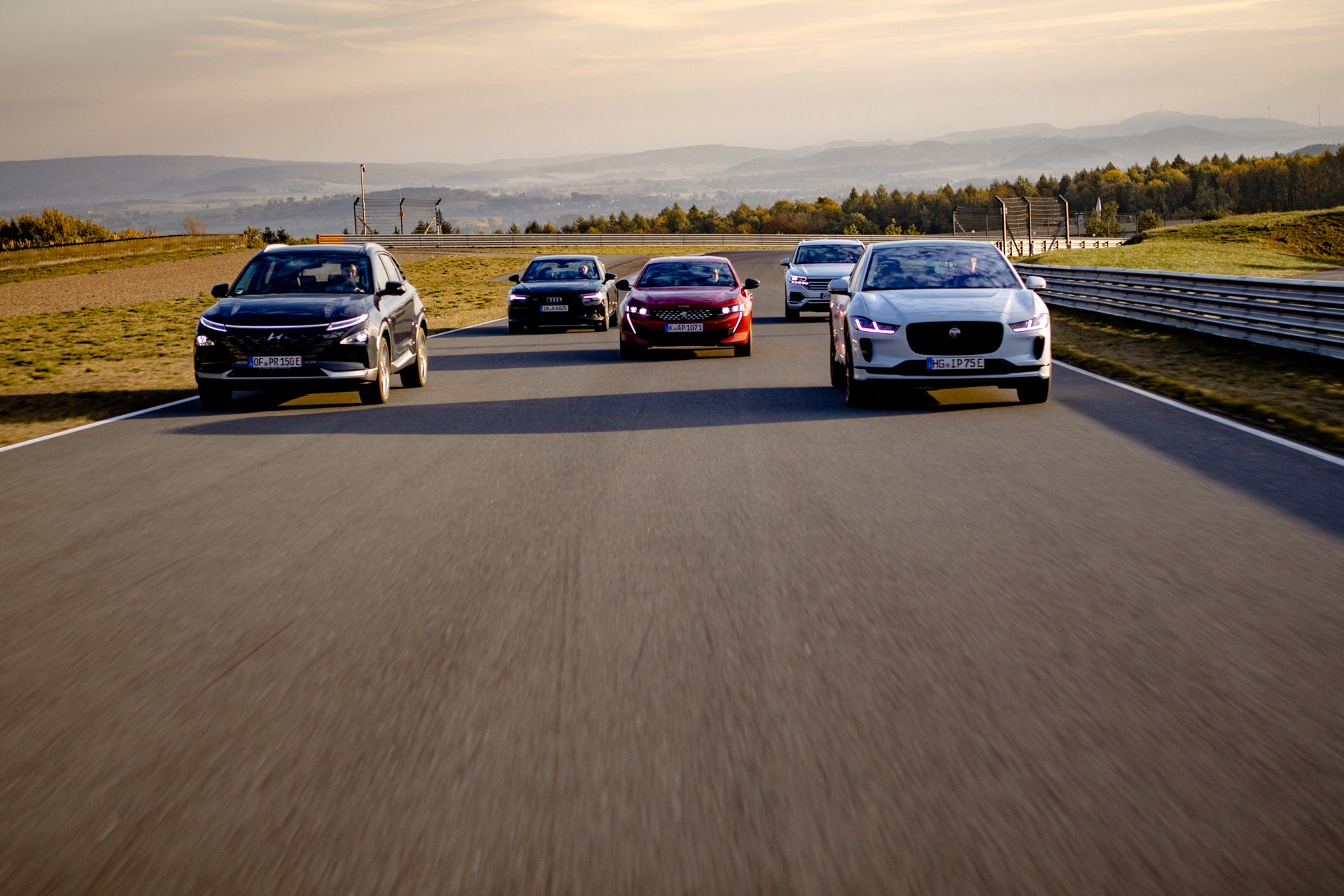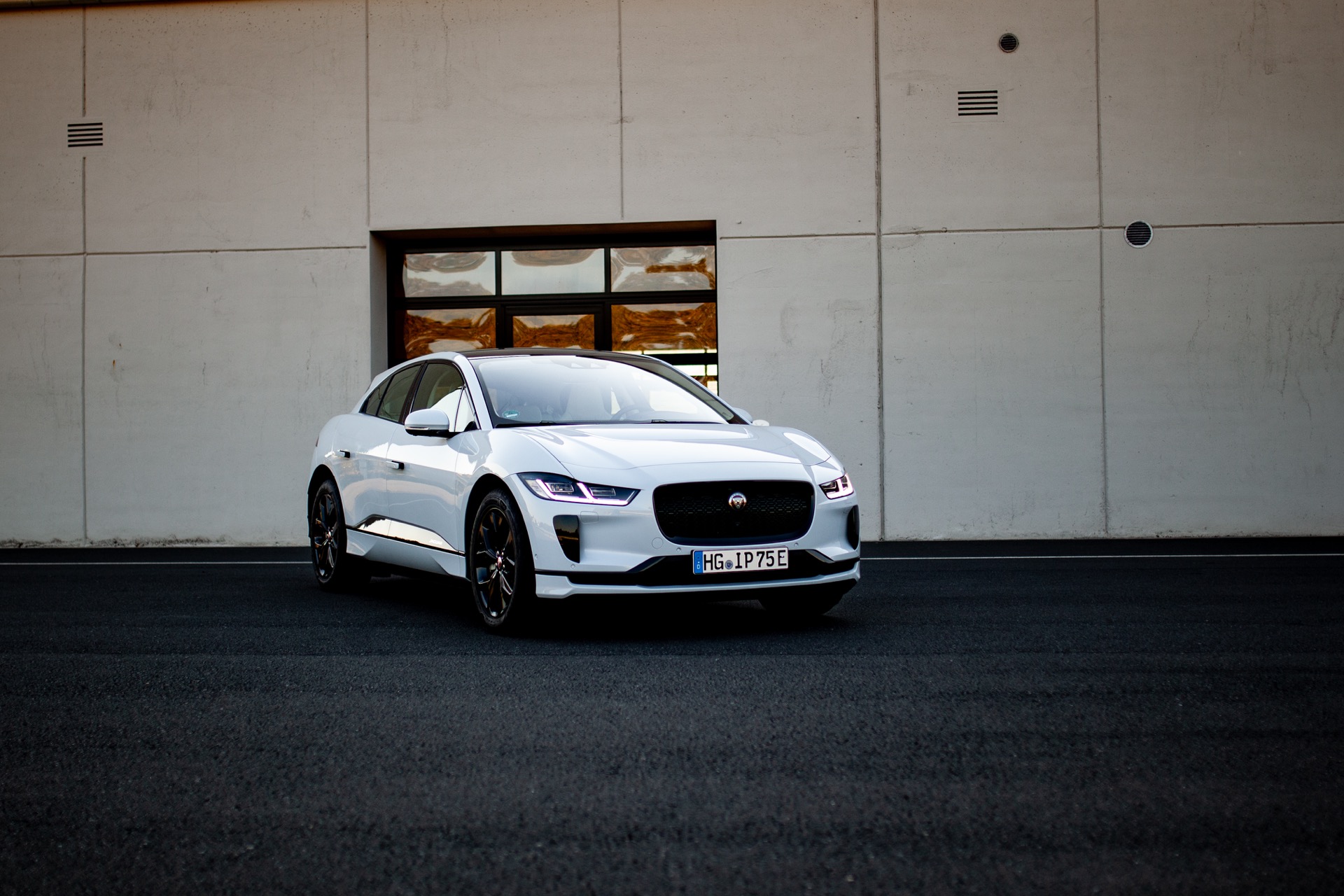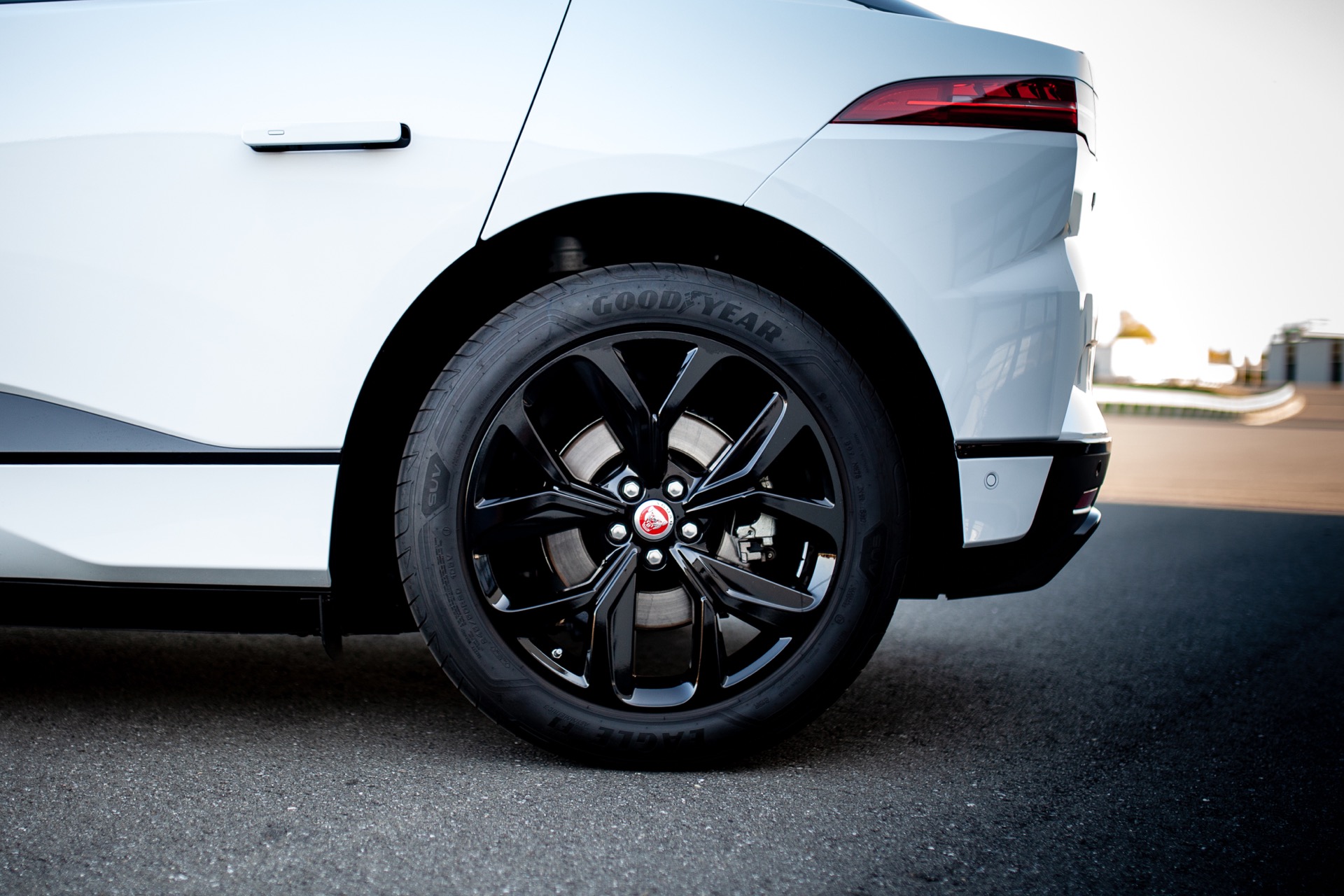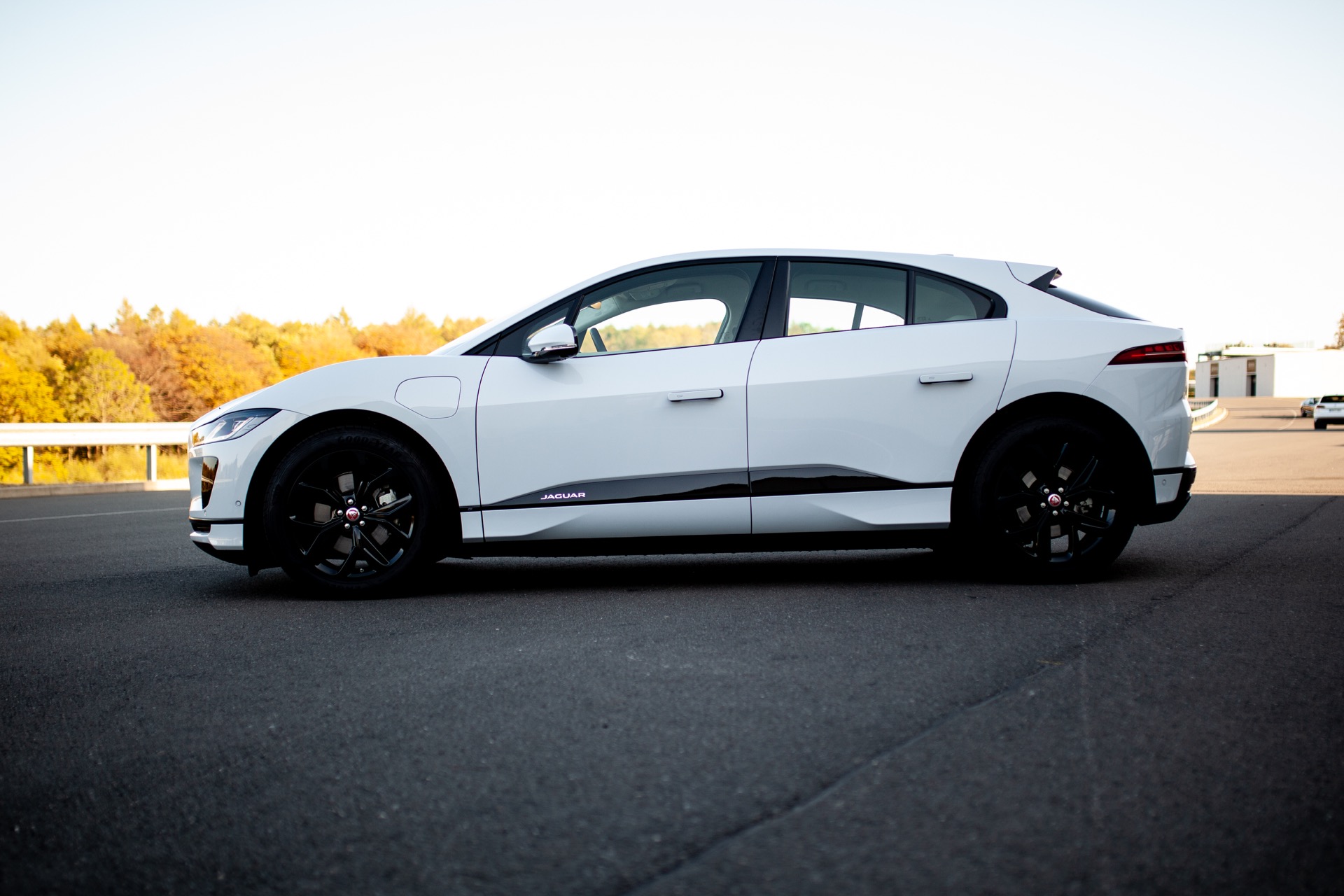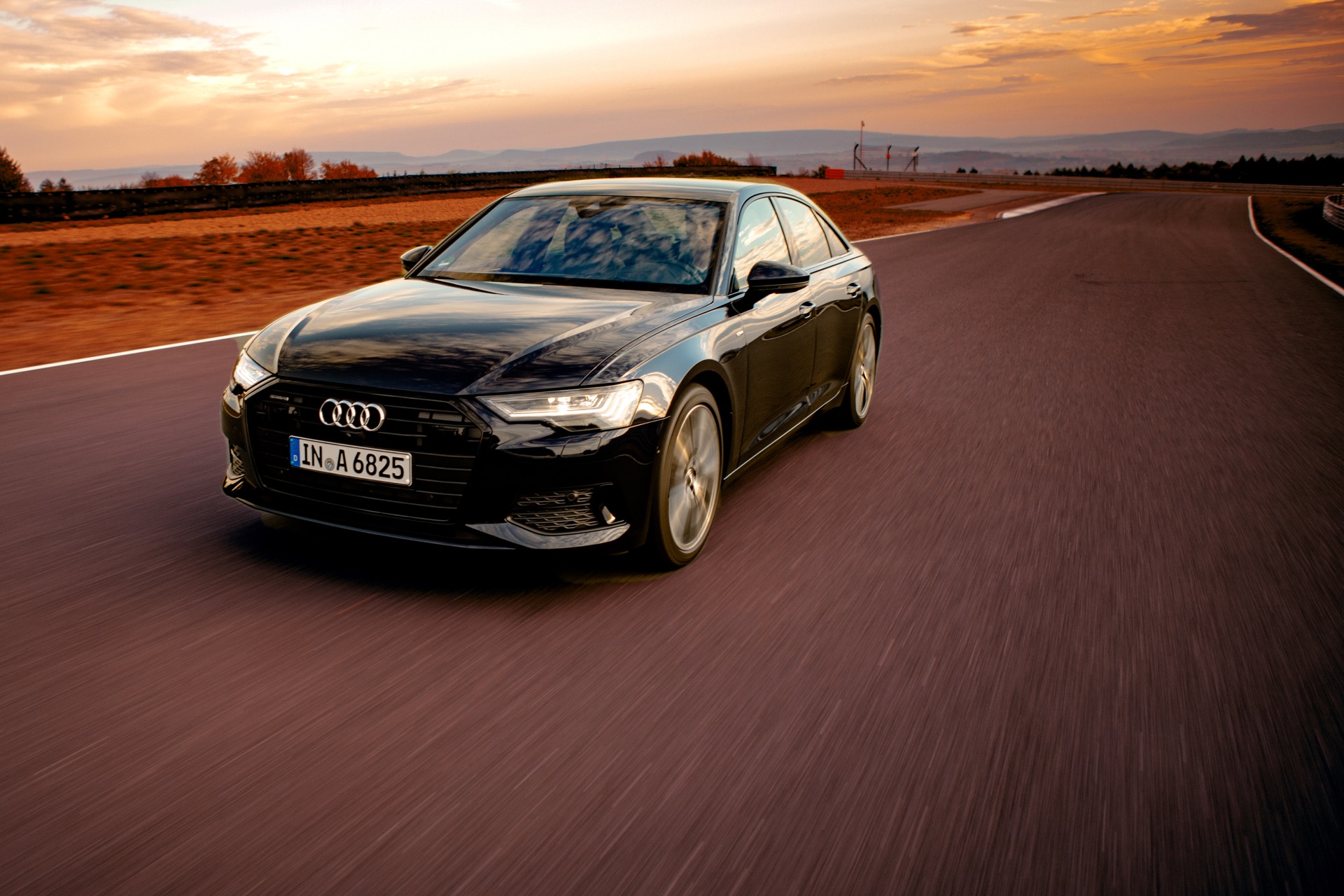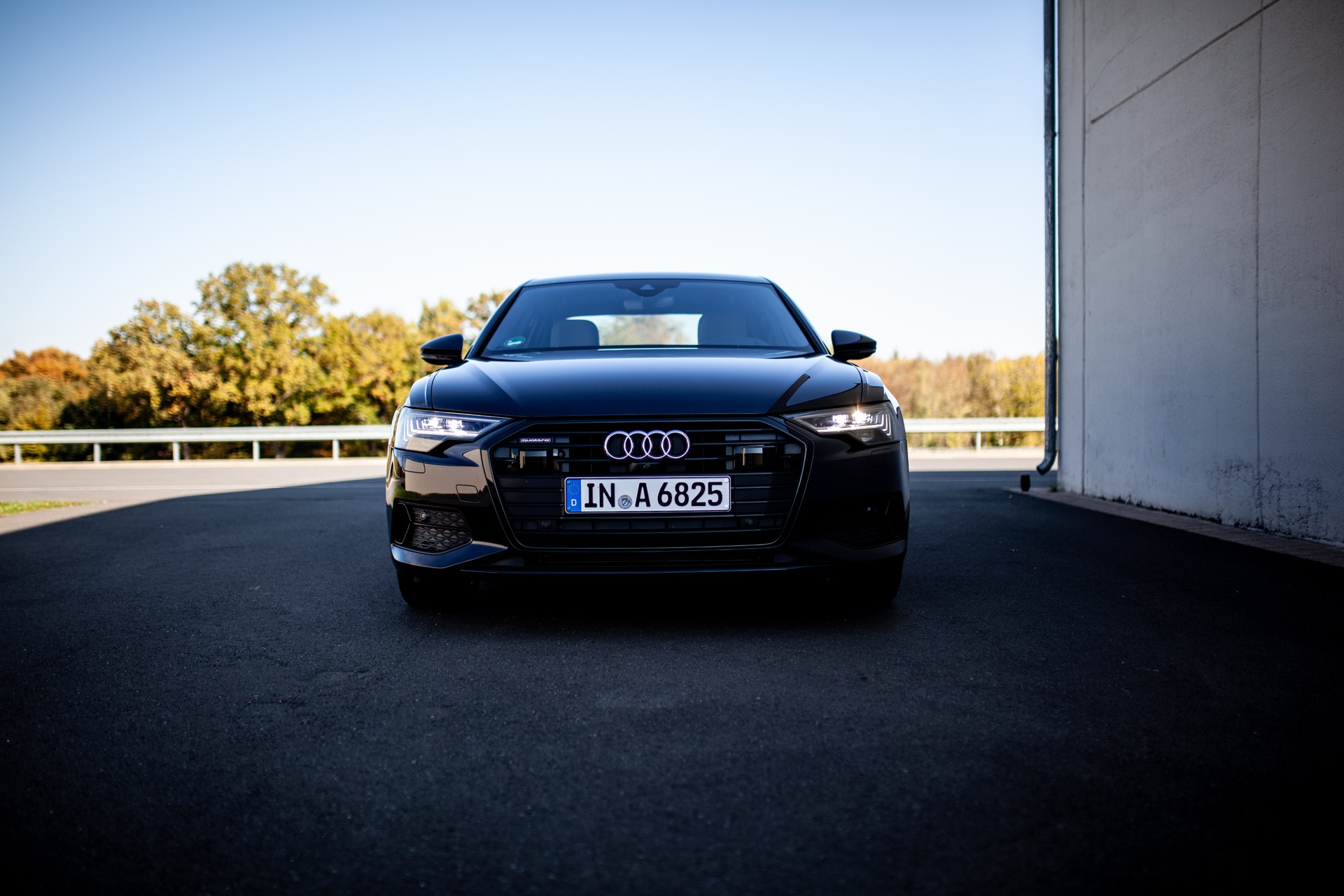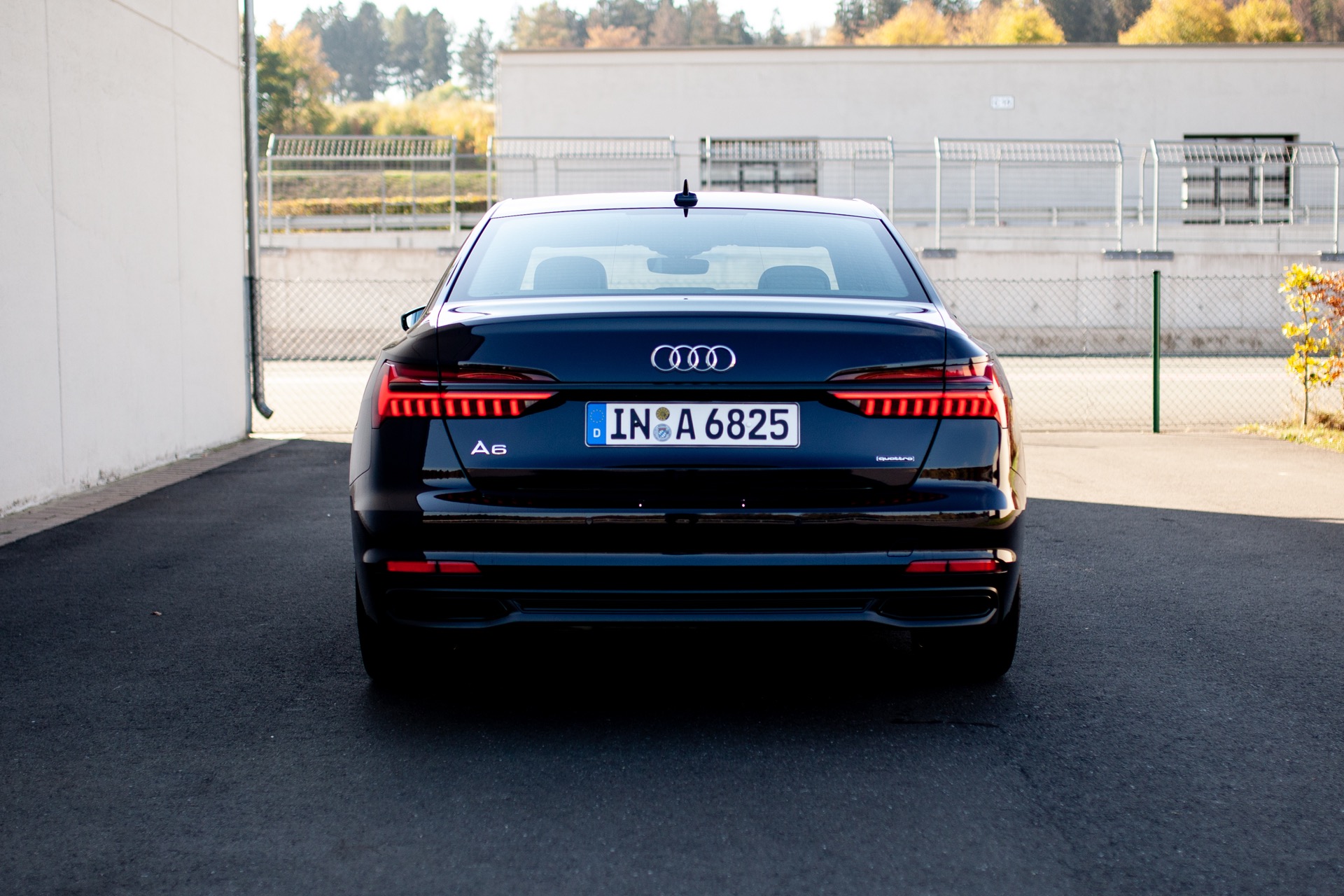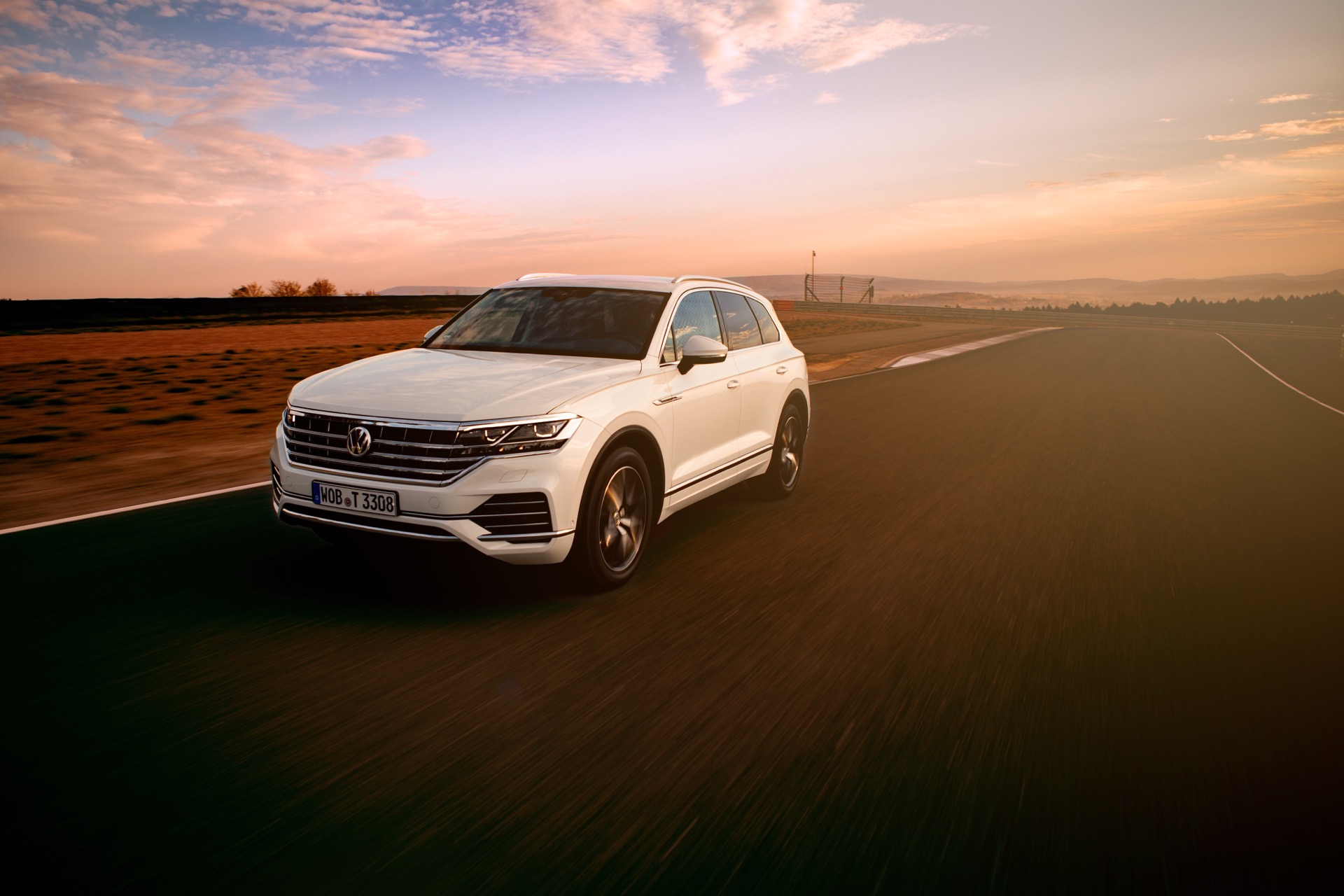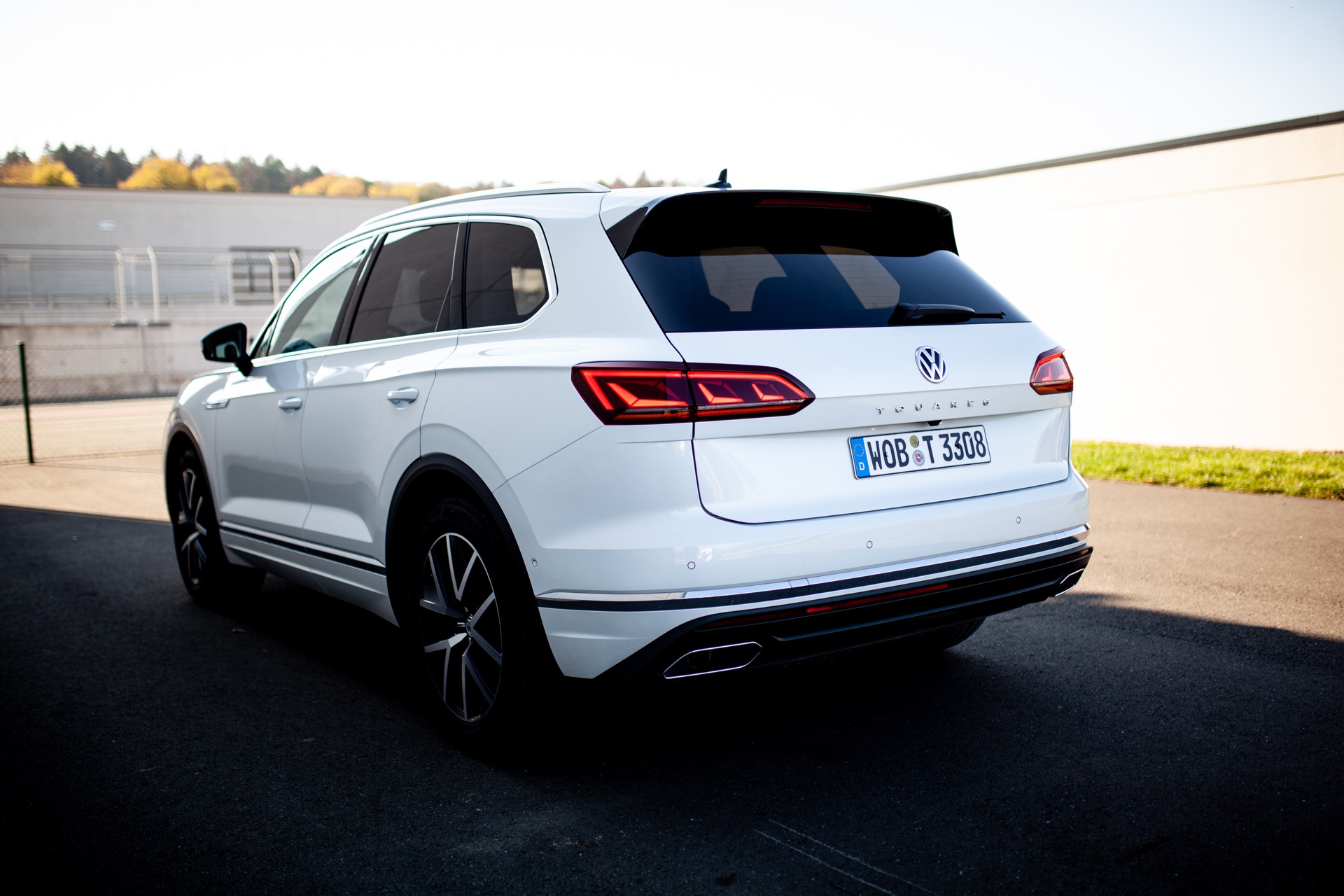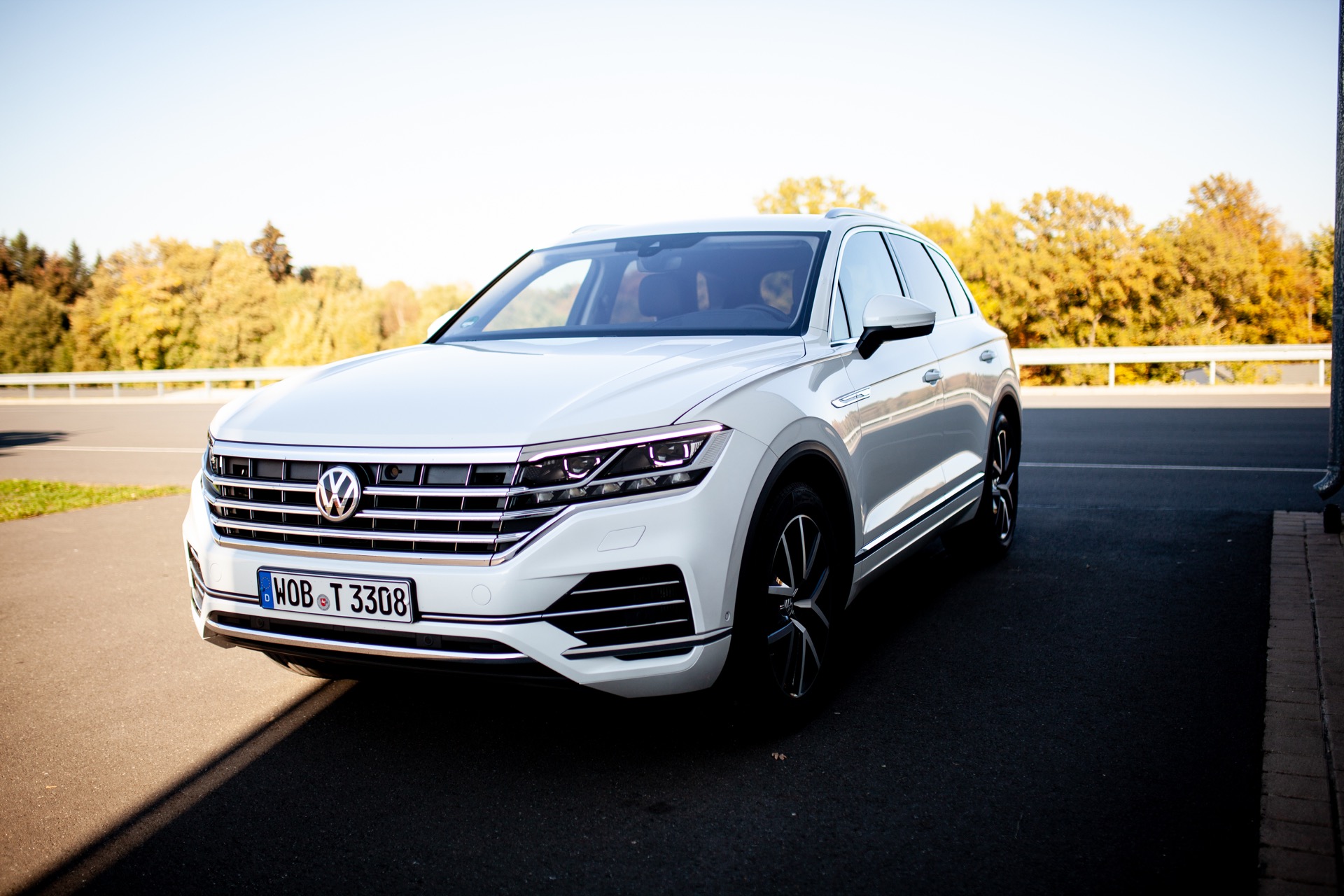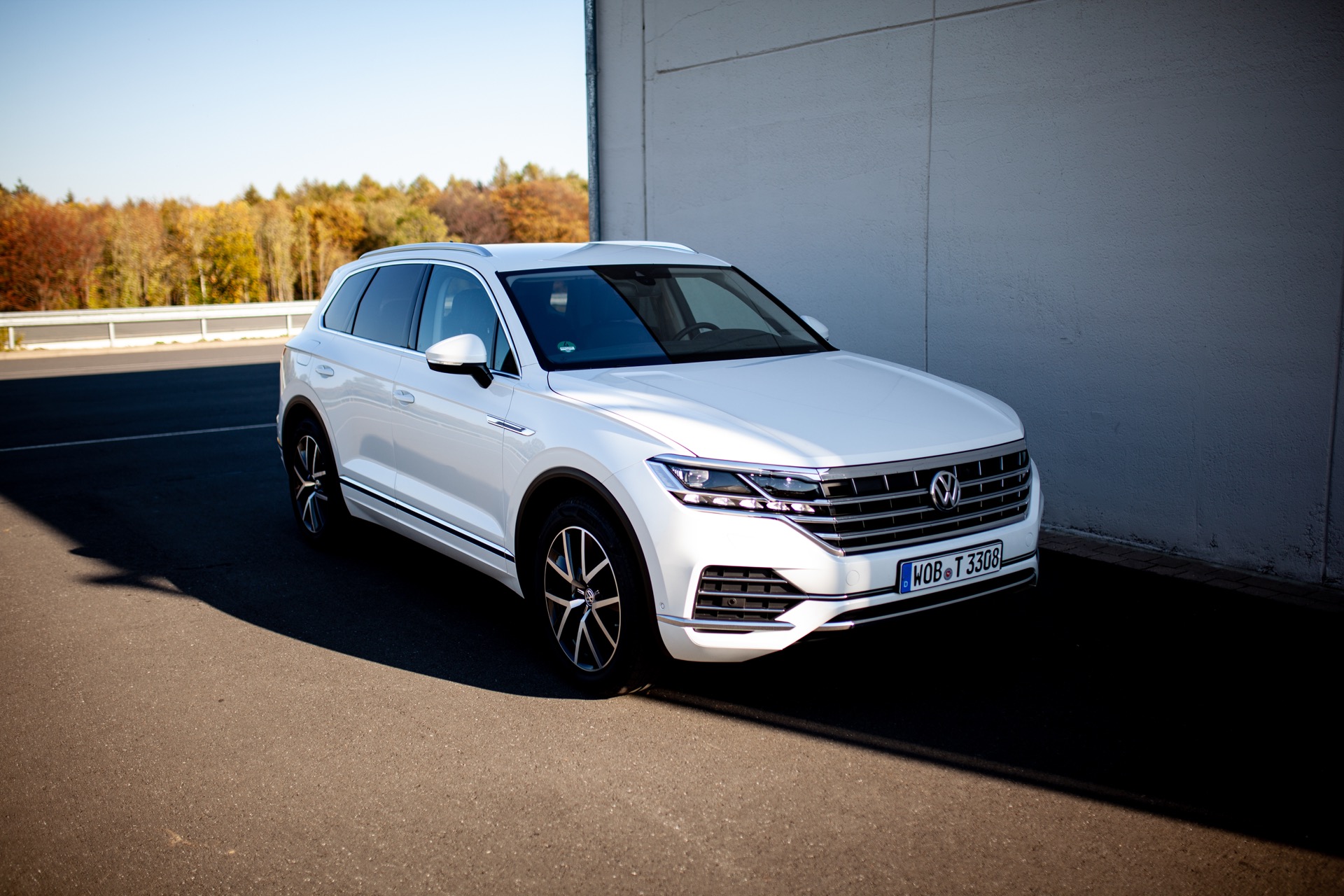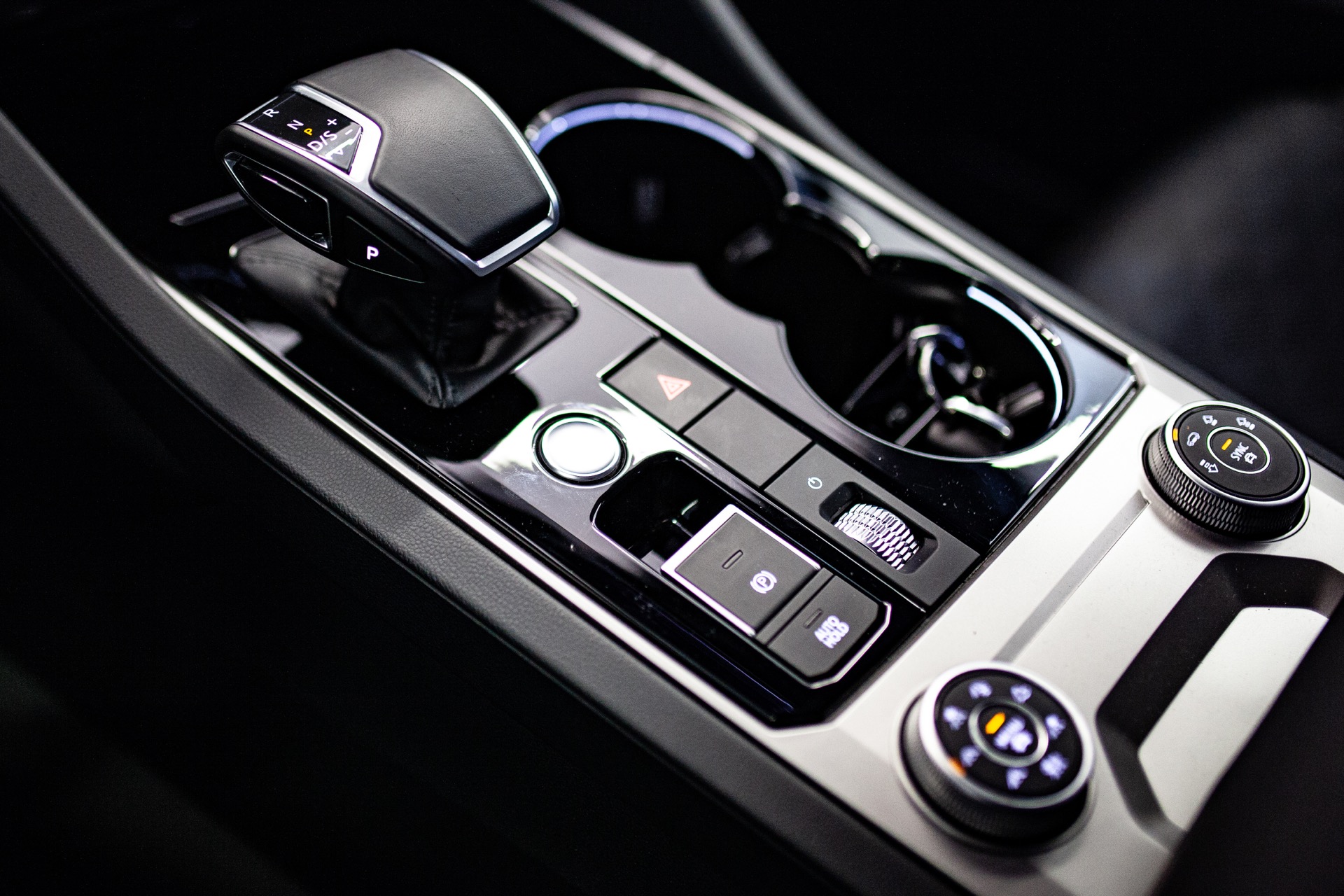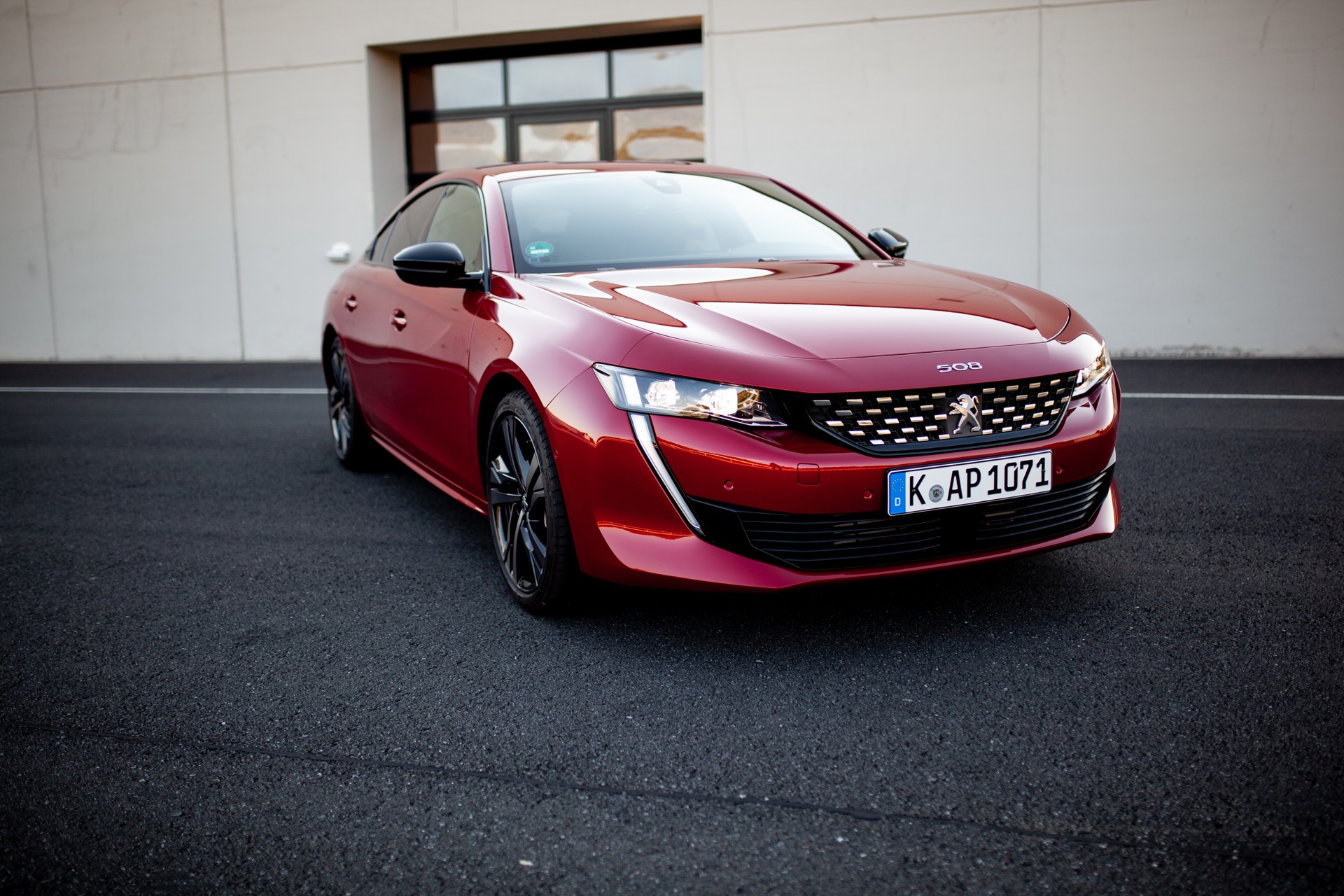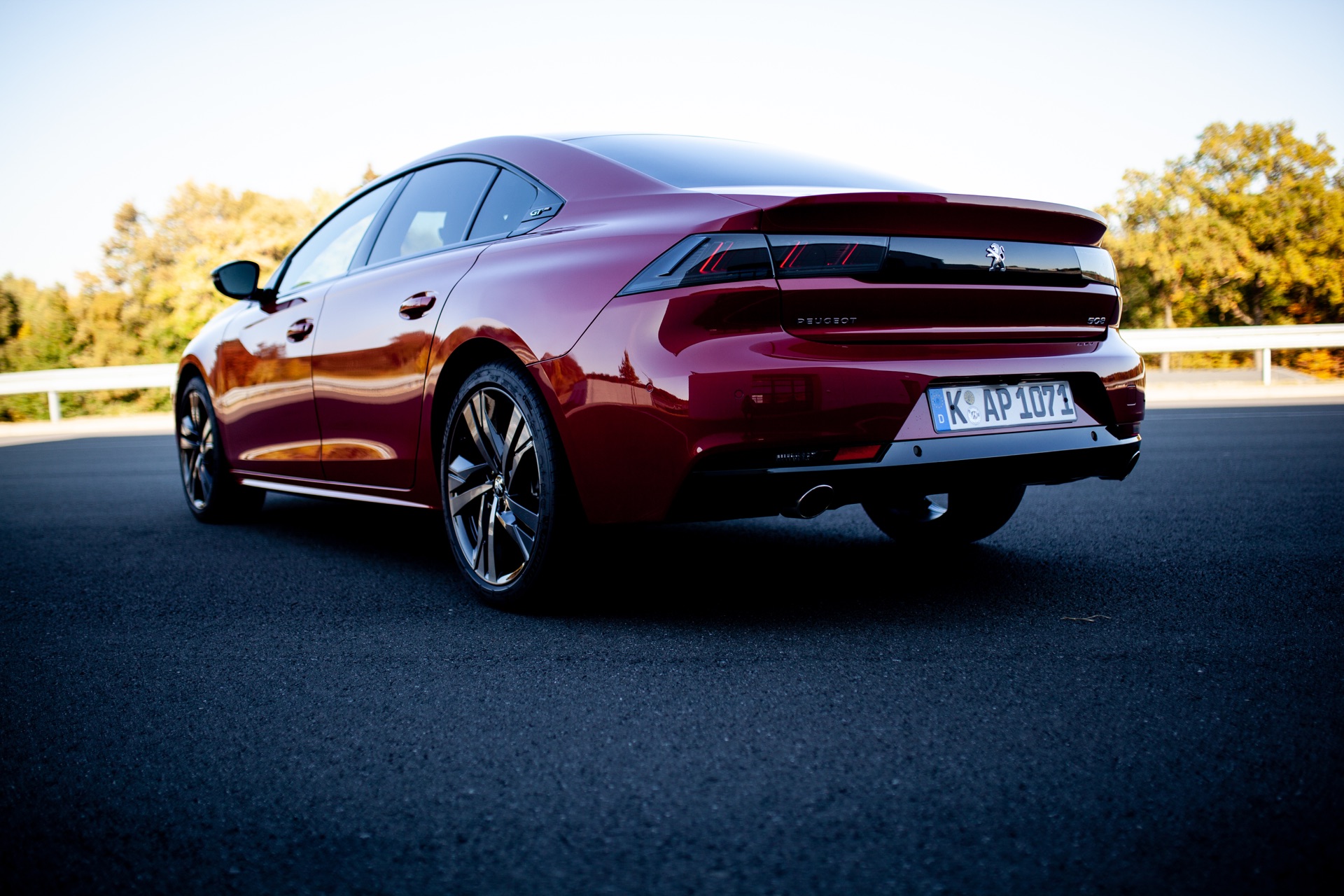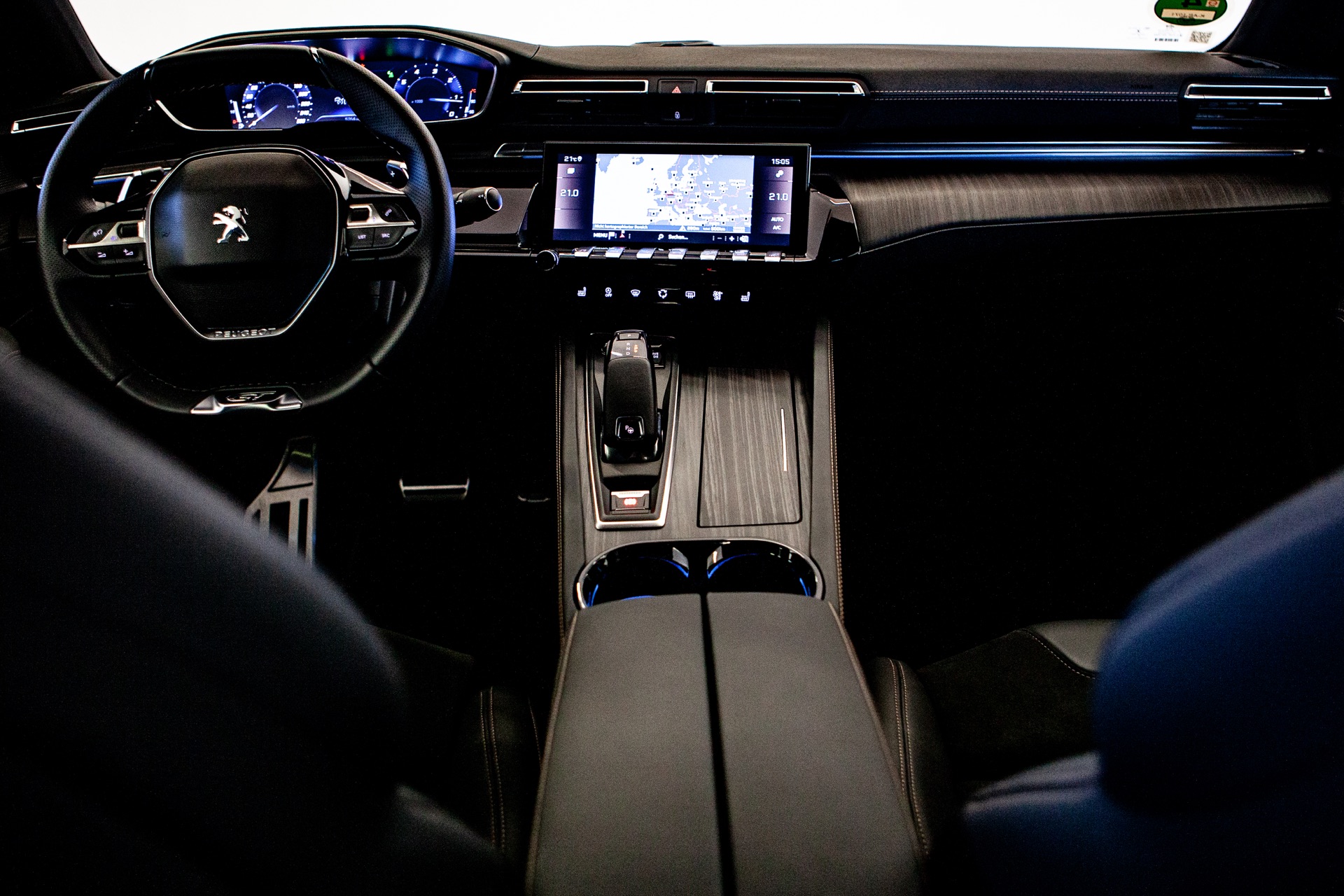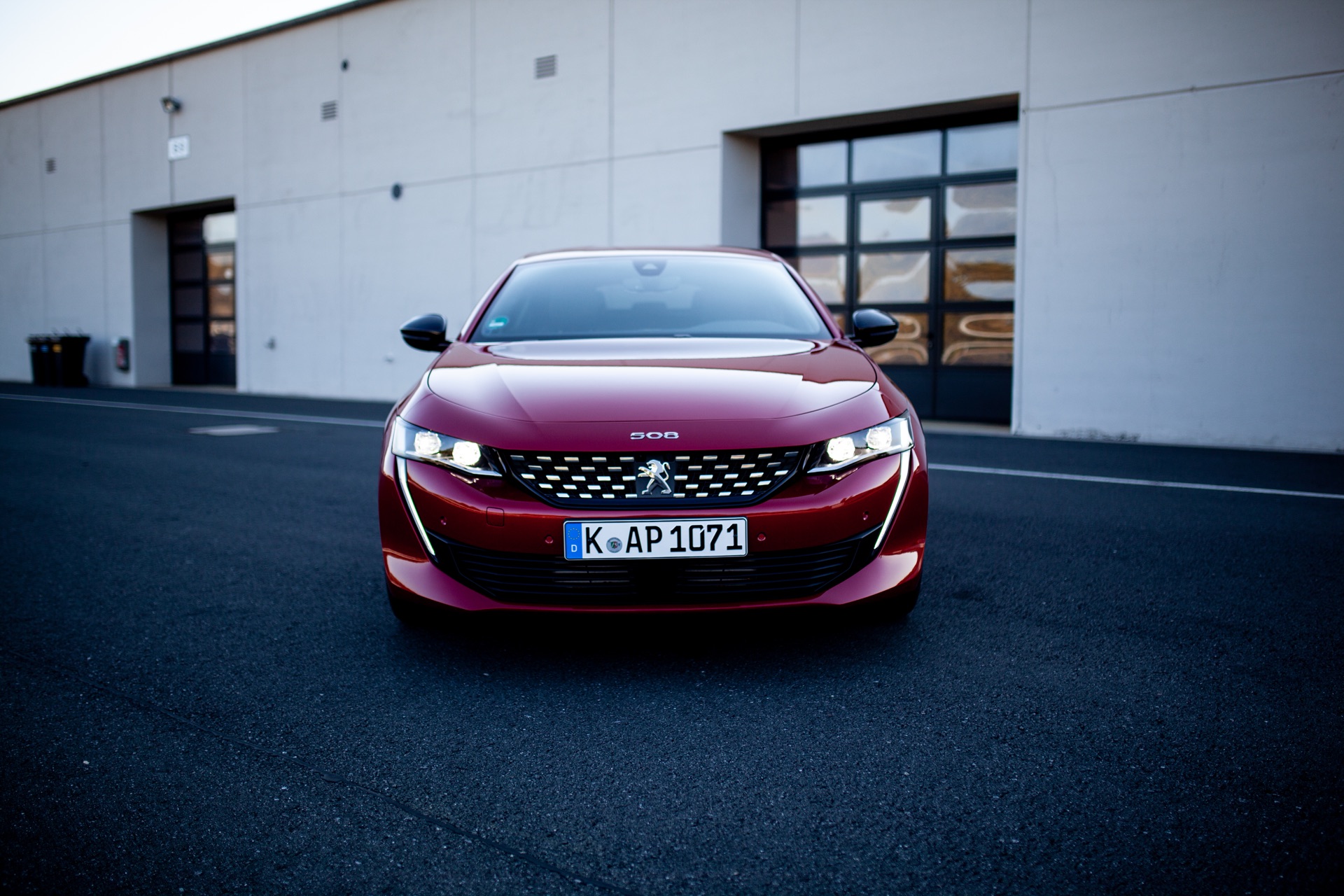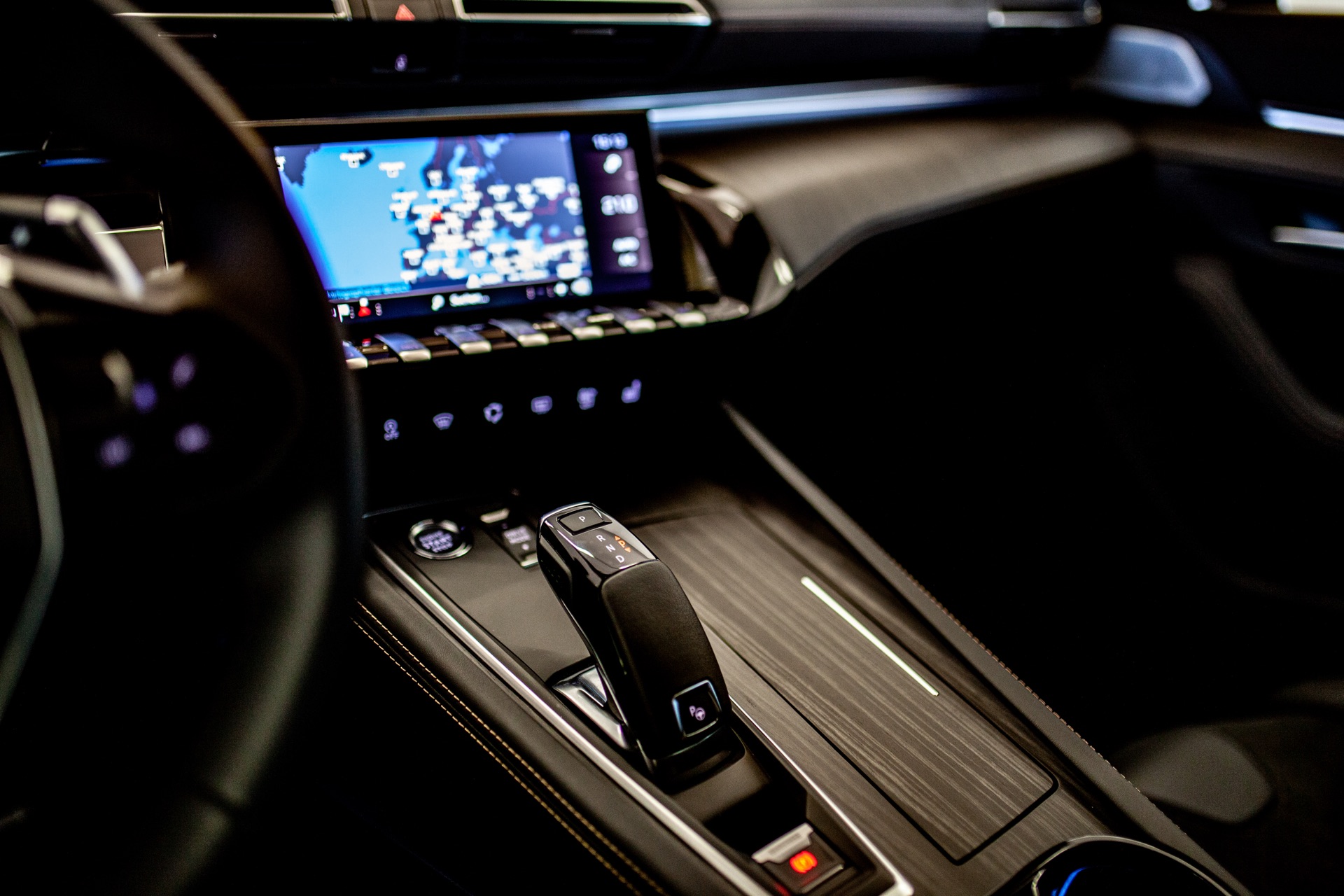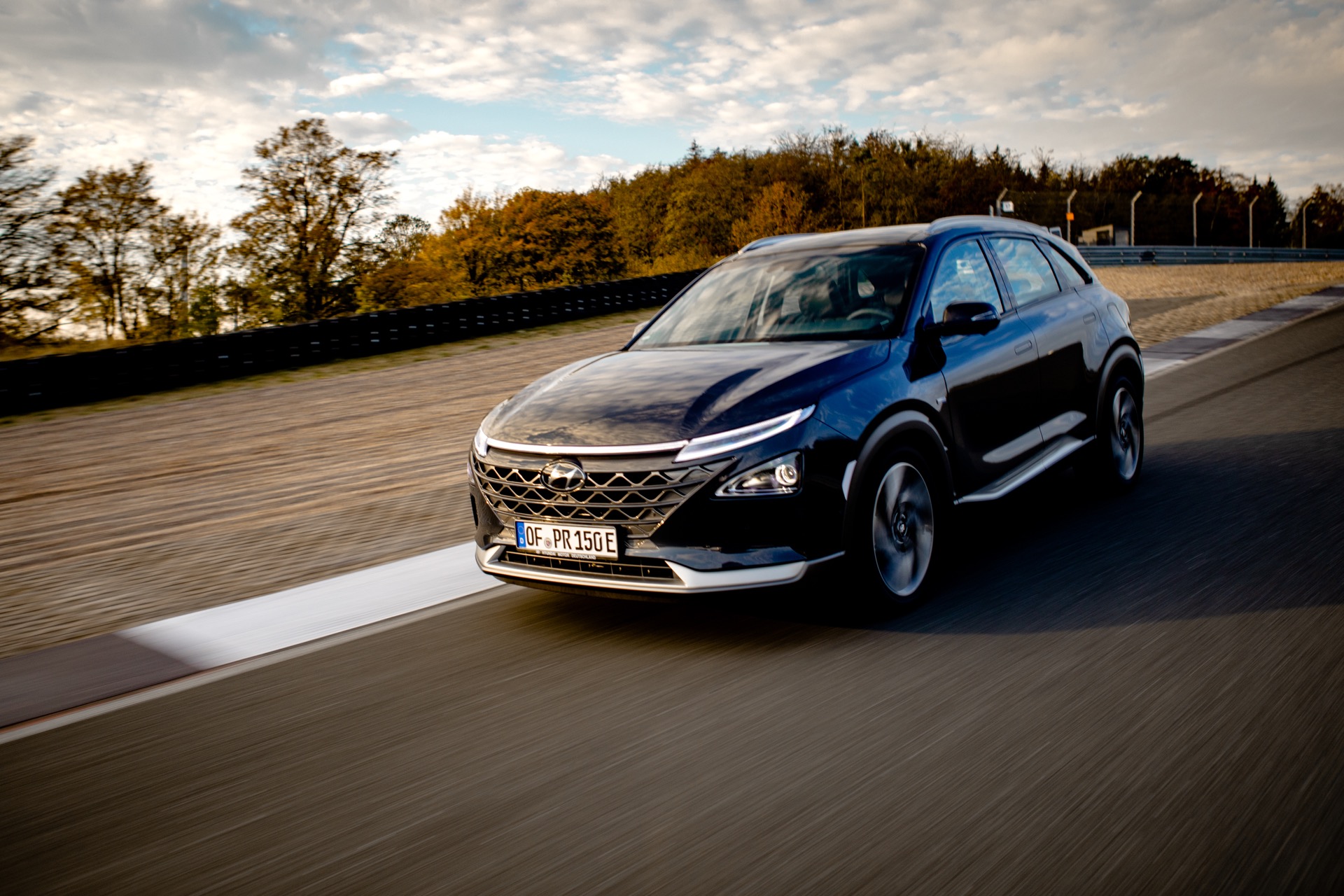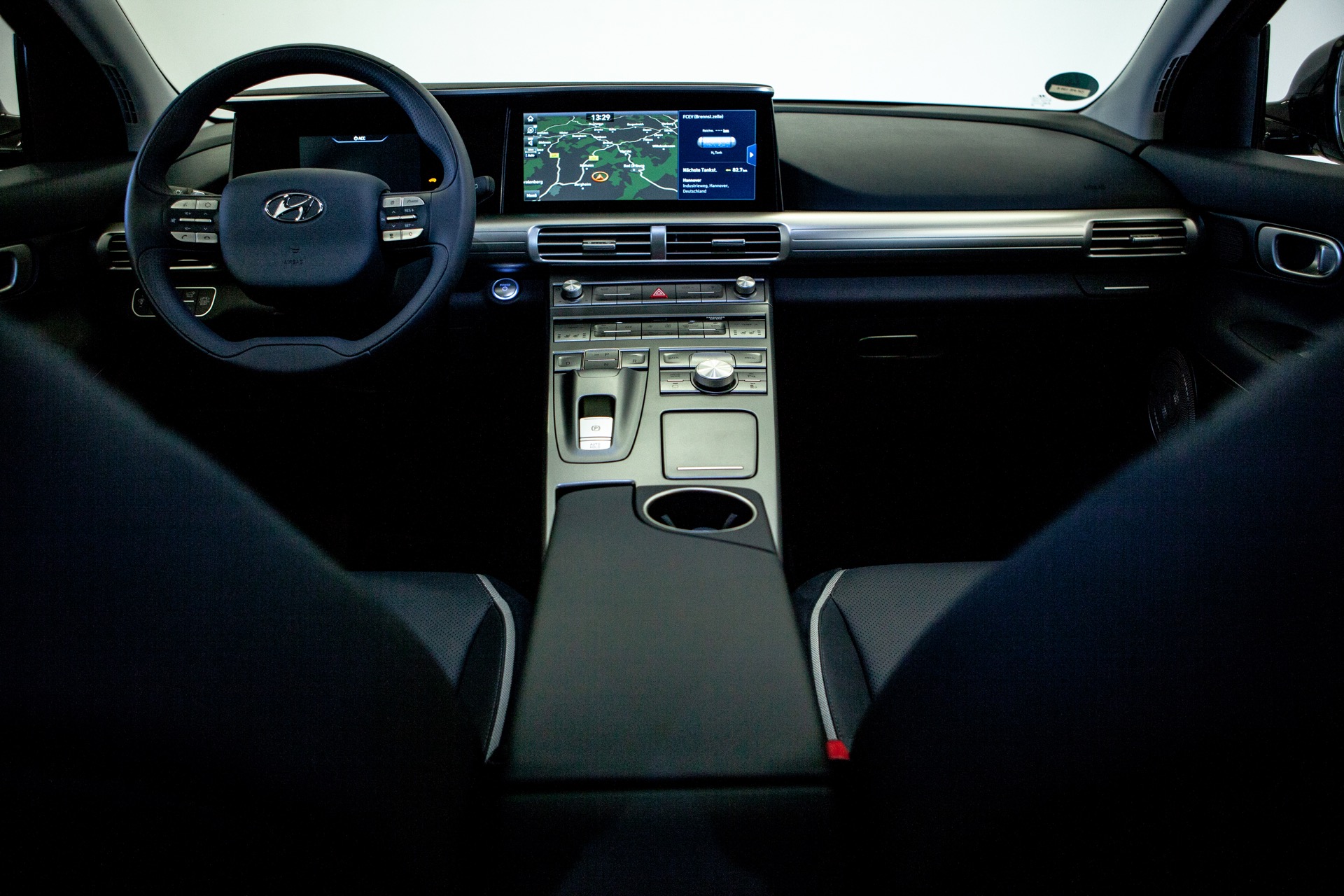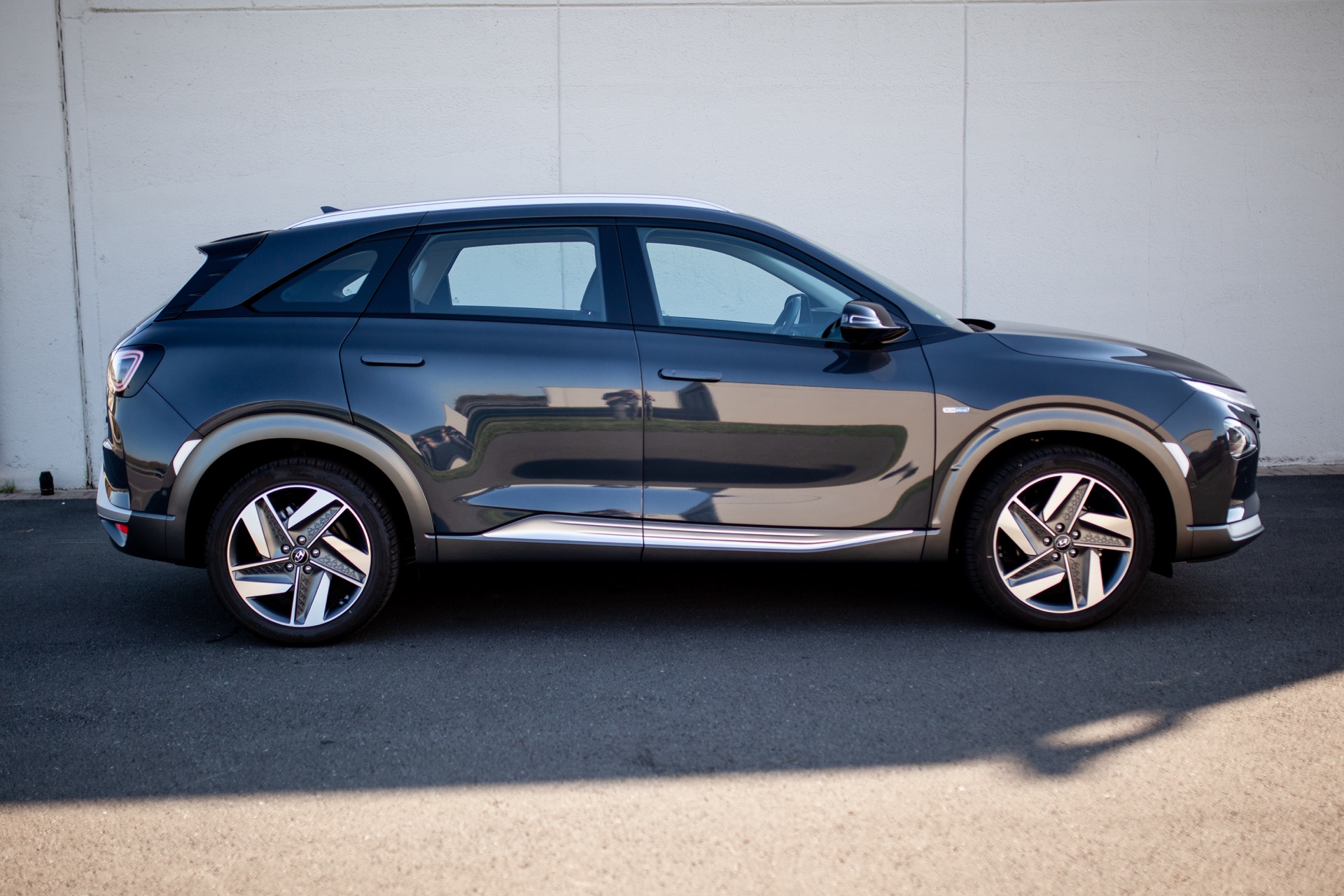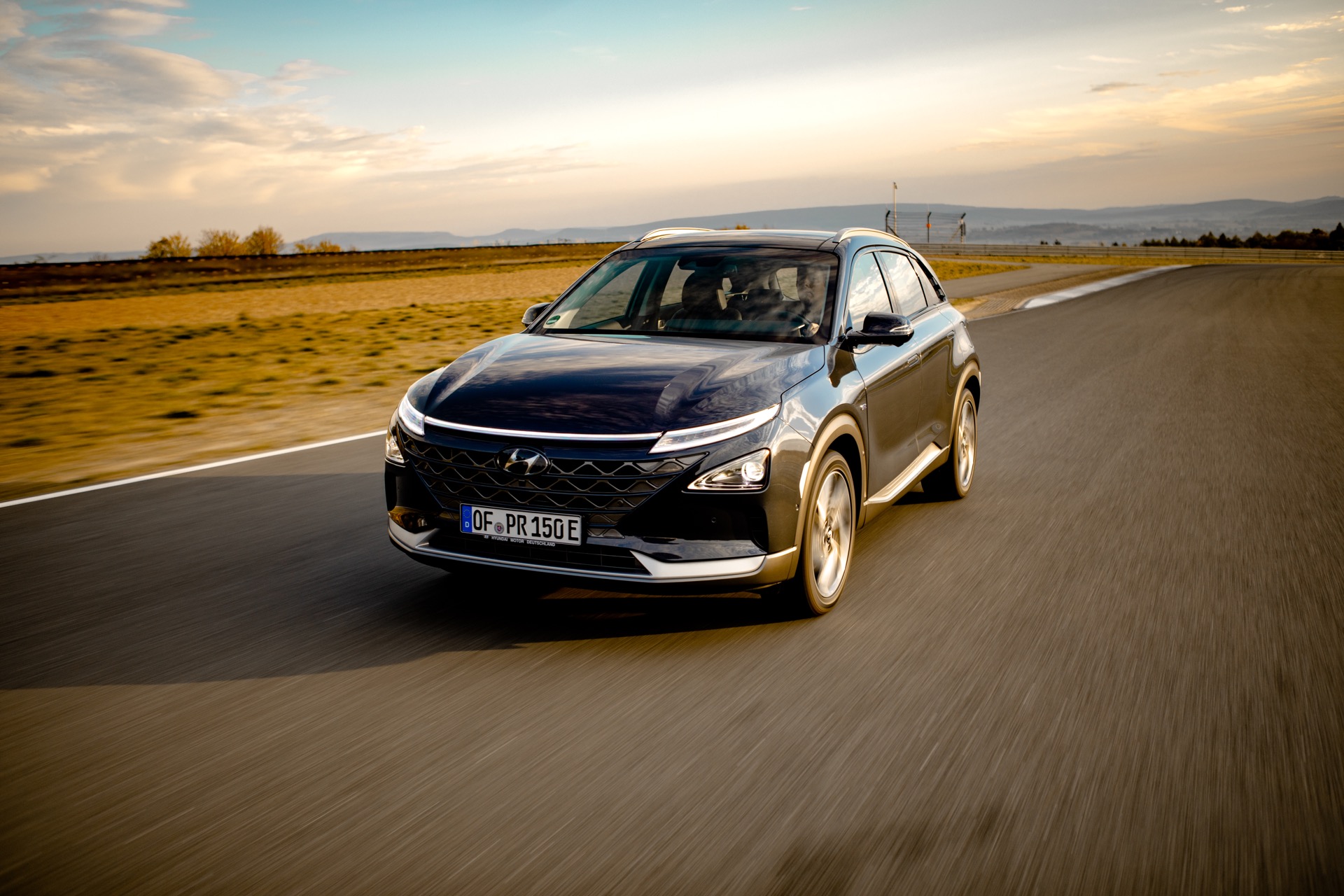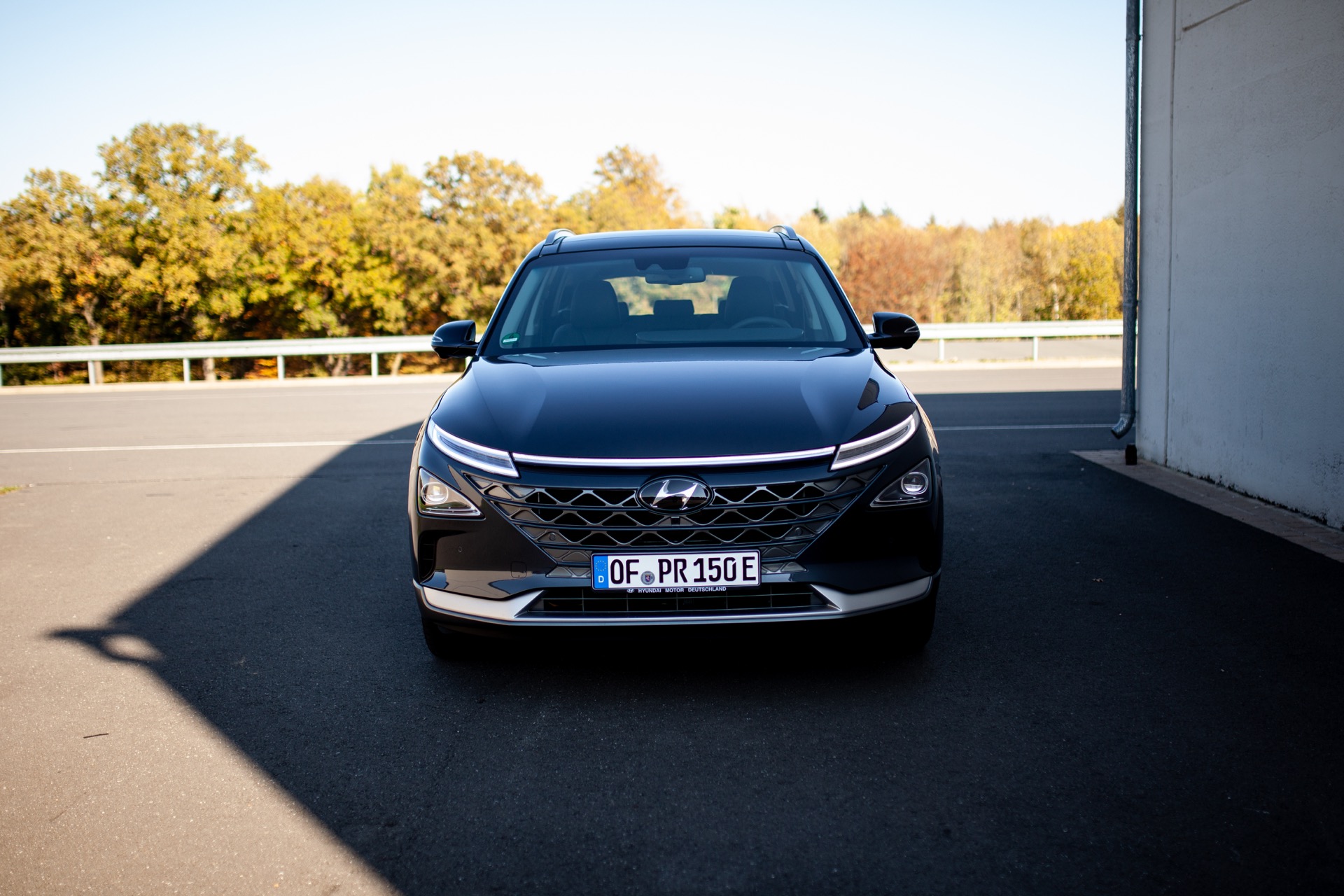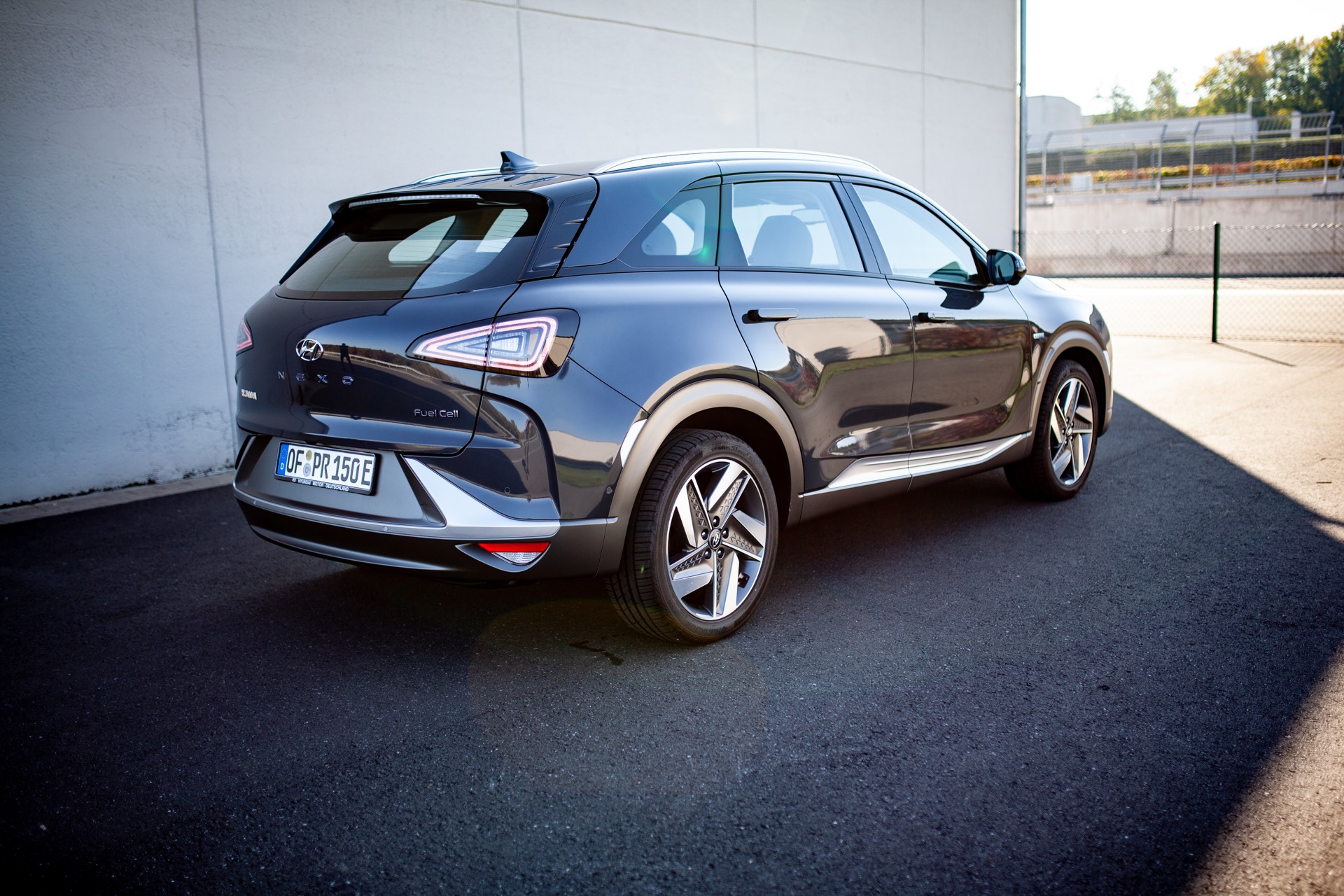Who won, who didn’t, and why?
The future of the automobile is open: Will the internal combustion engine, as we know and love it, continue to dominate? To be sure, the oil reserves are probably good for another 150 years. Then we can use synthetic fuels: The technology is tried and tested.
Or will we drive electrics? The battery-electric vehicle, favoured by politicians and the media, claims zero emissions – from the battery to the road. But how do you get the energy get into the battery, and how “clean” is it?
A third option is the hydrogen car: It plays on the dream of zero emissions as well. But producing the hydrogen has an environmental impact as well.
All three concepts were present in the battle for the German Car of the Year, chosen by a jury of 14 leading German-speaking journalists from a list of candidates that included 59 models. The condition: They had to be launched within the last 12 months – and they had to be priced below 100 000 euros for the entry-level model. (That’s to prevent the contest to be dominated by exotics, which – let’s be honest – everyone loves.)
That doesn’t mean the GCOTY award was dominated by cheap cars. The online pre-selection led to five impressive remaining candidates: The Audi A6, with diesel and gasoline engines featuring 48-volt hybridisation; the Hyundai Nexo with a hydrogen-powered fuel cell; the battery-electric Jaguar I-Pace – and the conventionally powered Mercedes-Benz A-Class and Peugeot 508.
But alas, Mercedes-Benz (“The Best or Nothing”) did not care for the A-Class to compete: the company does not support award programs, although there are prominent exceptions like Car and Driver’s “Ten Best” program or Motor Trend’s notorious “Car of the Year”. Be that as it may, it was decided to take the A-Class out of the Top 5 competition. The VW Touareg, almost tied with the small Mercedes, moved up.
What was not communicated at that time: In the pre-selection, by far the best result was achieved in the Jaguar I-Pace. And it would keep the top spot after a full day of testing, although the gap narrowed. Testing was conducted on public roads and the Bilster Berg test track, as well as an off-road area for the competing SUVs. With the exception of Hyundai, all manufacturers were able to provide two test vehicles, the Nexo came as a single contender. These were the results:
First – Jaguar I-Pace
The Briton proves that an electric car can be fun. A thoroughly engineered premium vehicle, without the safety and quality issues of a Tesla, it features a 400-horsepower electric drivetrain that can propel it up to 200 kph. On the test track, the I-Pace proves that 2.5 tons of weight can be handled with a balanced and sophisticated chassis.
The vehicle architecture of the I-Pace, with its short front end, takes full advantage of the flexibility an electric powertrain offers. But the over 400 kilometers of range are a highly optimistic projection: At the end of the test day, the betteries on both cars were near depleted. By the way: With the I-Pace, Jaguar has beaten the German competition by almost a full year to market – an achievement the jurors rewarded.
Second – Audi A6
Perfection on wheels: The Audi A6 actually does everything just right. Stylistically, it comes as a classic sedan and as an almost coupé-like Avant; interior space is generous, the workmanship impeccable. Compared to the I-Pace, the user interface works even better. And the roadholding is downright surreal, while the turbocharged four-cylinder engines Audi provided for testing combined high performance with low fuel consumption.
Beyond that, there are six-cylinder engines, and it is only a matter of time before an RS6 Avant with a twin-turbo V8 completes the lineup. Why not a first place? It’s hard to say. While hybridised, the A6 is not an electric, and perhaps the jurors thought that perfection is sometimes not quite enough.
Third – Volkswagen Touareg
Is it the dinosaur among the finalists? The Touareg is a large SUV, currently exclusively sold with V6 TDI engines. It is so upscale that it’s not even sold in the US anymore. But as dominant as the Touareg looks, as modern it is under the impressive sheetmetal. It has become lighter than its predecessor, the turbodiesel engines are economical and environmentally friendly. Like the Audi A6, the Touareg offers absolute perfection in many areas.
What’s not perfect is the noticeable “turbo lag” under acceleration. And the design could be a bit toned down: The chrome grille, clearly designed to conform to a cliché of Chinese taste in vehicles, seems a bit too much. Moreover, the entire segment is under criticism; in today’s environment, a large diesel SUV from Volkswagen probably had no chance of overall victory, as good as it is.
Fourth – Peugeot 508
Since the Mercedes A-Class didn’t compete at Daimler’s behest, the Peugeot – at just over 30 000 euros – sports by far the lowest starting price. And it’s probably the most beautiful entry, with just the right dose of aggressiveness, a low roof, wide taillights and a unique interior: The instrumentation sits above the small, low two-spoke steering wheel. Opinions on that concept differed.
The 508’s chassis is comfortable, the engines are convincing: The top petrol engine with 225 hp pushes the 508 smoothly to 250 kph, with an average fuel consumption of only 5.7 liters per 100 kilometres. The diesel engines are even more economical – and unusually quiet. Nevertheless, some jurors complained about an overall lack of driving dynamics.
Fifth – Hyundai Nexo
The hydrogen car in the group scored fifth, but that is hardly a failure: The Nexo, after all, has beaten 54 other cars to make it into the Top Five. It is conceptually somewhat similar to the Jaguar I-Pace: it too is powered by electricity. The energy, however, is not stored in batteries, but comes from a hydrogen fuel cell. This ensures a much lower weight and short refueling times, very similar to a diesel or gasoline engine. In addition, the Nexo can drive much further than a battery electric car. However, the density of the hydrogen station network still leaves much to be desired, so that everyday usability remains limited.
With only 163 hp and a relatively soft suspension, the Nexo fell behind the other candidates in vehicle dynamics. We liked the styling: The futuristic, high-quality interior appeals to the eyes, and the front section with its continuous light strip clearly sets the Nexo apart from any other vehicle on the market. What’s more, at the end of the testing day, when the Jag’s batteries were virtually depleted, the Nexo had hydrogen reserves for another 300 kilometers. The future, it seems, is still wide open.



